What Is Aquafaba?
Aquafaba is a miracle worker in vegan cooking and baking. But what is aquafaba? And how do you use it? Here’s everything you need to know about this game-changing ingredient.
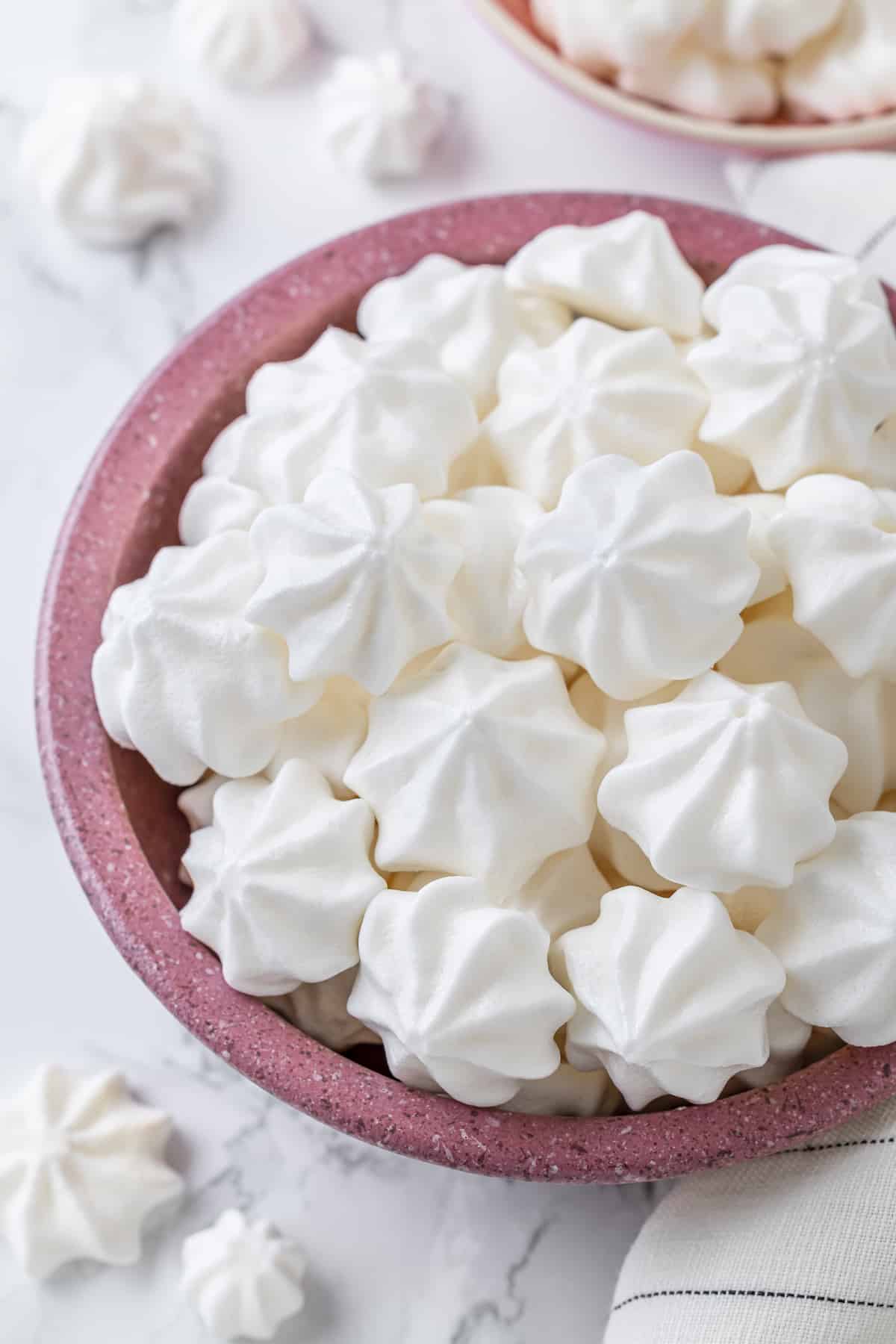
One of the hardest ingredients to replace in vegan cooking and baking is egg. While you can use flax eggs, there’s a lot they can’t do—like whip up into a frothy, foamy consistency or form peaks. When aquafaba came on the scene several years ago, it truly was a game-changer.
First Thing’s First: What Is Aquafaba?
Aquafaba is made from the liquid that you usually find in a can of chickpeas, or the liquid left over after cooking dried chickpeas. It’s essentially just bean water! But don’t let its humble origins fool you. This seemingly unimportant liquid has some impressive properties when it comes to cooking and baking.
The most popular use of aquafaba is as an egg replacer. Many vegan recipes call for it as a substitute for eggs, especially in baking. And the results are truly amazing! You can whip it into stiff peaks just like you would with egg whites, and it also works wonders in creating a light and airy texture in baked goods.
Using aquafaba as an egg substitute was first discovered in 2015, which means we’re still finding new and exciting ways to use it in vegan foods!
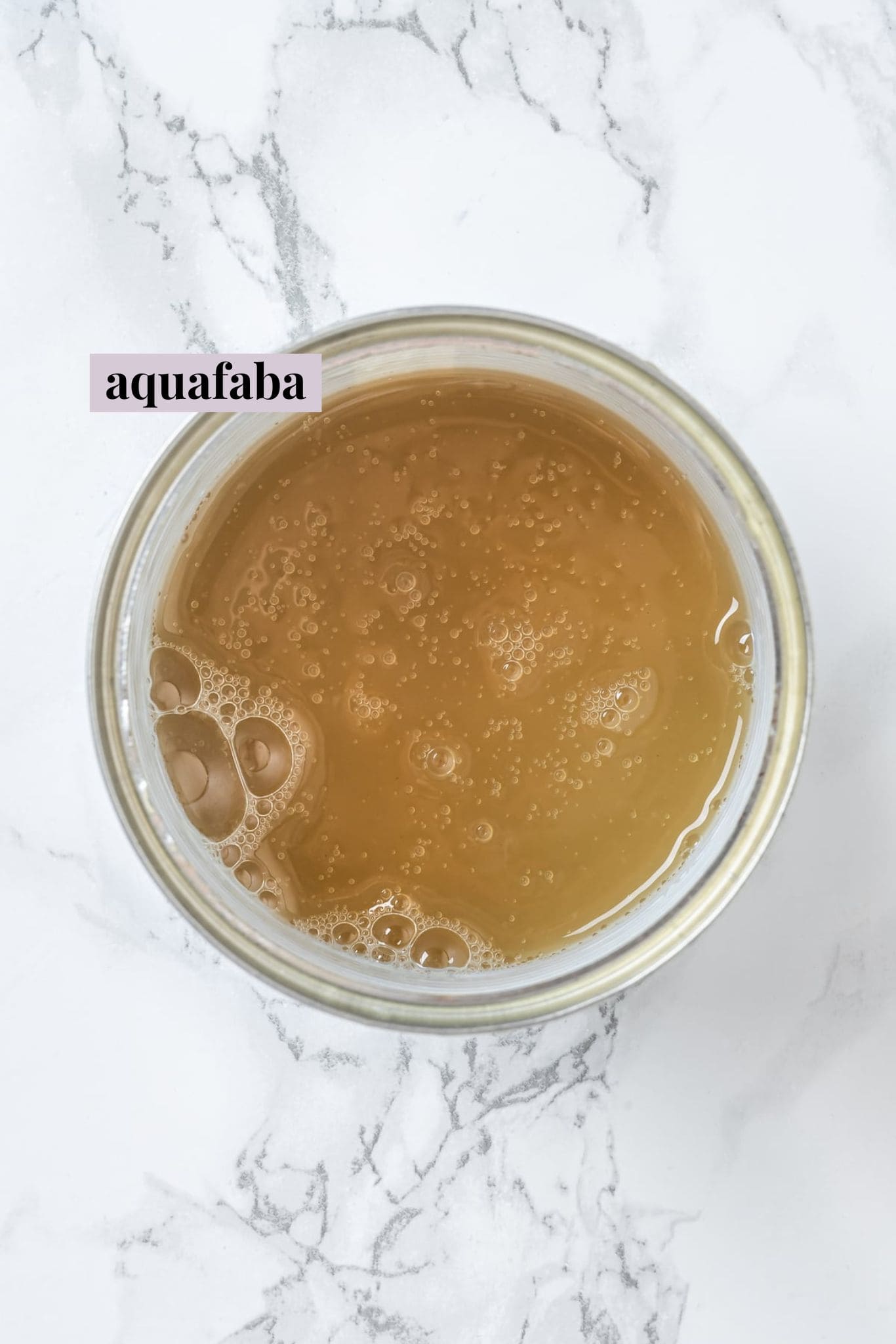
Is Aquafaba in All Canned Beans?
Technically speaking, you could use the liquid in any canned beans, but the reality is that the liquid in canned chickpeas performs much better. This is because chickpeas have a higher starch content, which helps with the emulsifying and foaming properties of aquafaba.
So, while you can use other types of canned beans to make aquafaba, just keep in mind that they will not work as well or produce the same results. You can make meringues, for example, but they’ll be a little flatter.
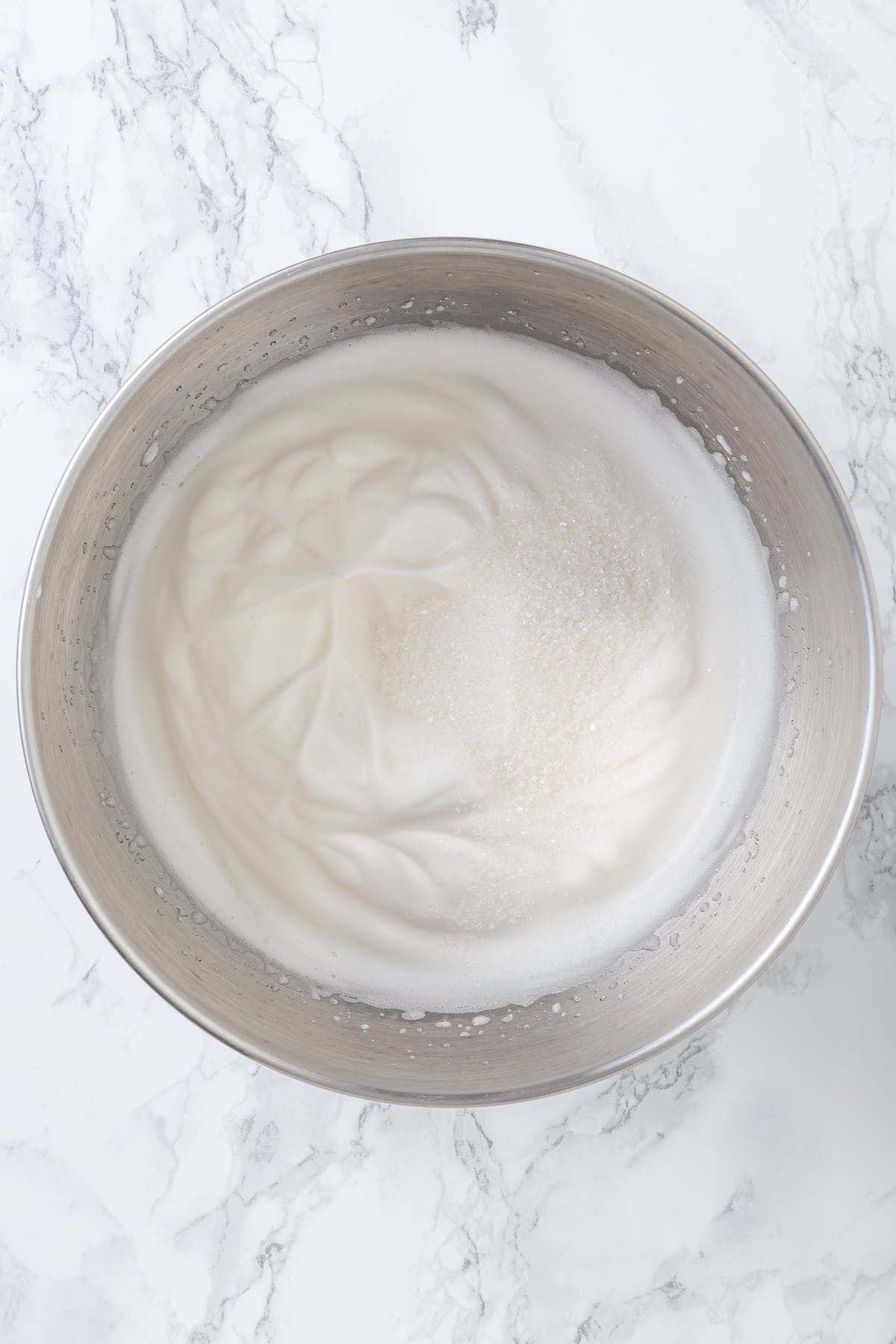
How Do You Whip Aquafaba?
Whipping aquafaba is easy! You can use a stand mixer with a whisk attachment or a hand mixer to whip aquafaba into peaks. It will take a bit longer than whipping egg whites, but the end result is well worth it. Some people use blenders to make their aquafaba, but I find a stand mixer easier because you can keep a closer eye on the consistency and know precisely when stiff peaks form.
You can also add cream of tartar or other stabilizers to help aquafaba hold its shape better. I like to add cream of tartar, which helps with the overall stability. Just add 1/4 teaspoon for every 1/2 cup of aquafaba before whipping.
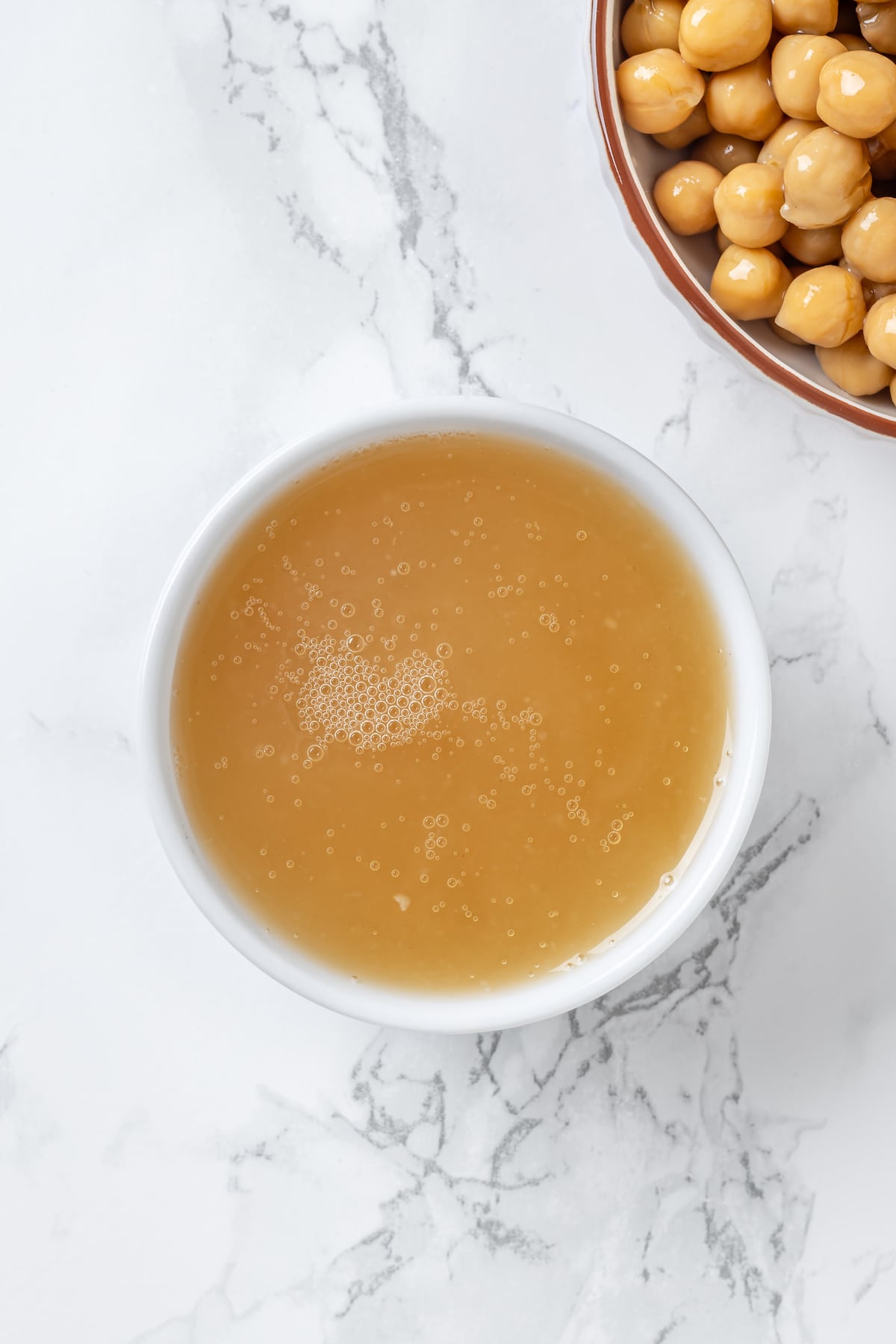
Uses for Aquafaba
Now that you know the answer to, “what is aquafaba?”, let’s talk about how to use it!
There are so many ways to use aquafaba; you can incorporate it into baked goods like muffins and cakes to create a higher rise, or you can use it to make vegan meringue. I also use it in these recipes:
- Vegan marshmallows get their fluffy texture from the addition of aquafaba.
- Aquafaba makes this sweet potato soufflé light and airy, just traditional soufflés made with eggs.
- I use aquafaba to make the ladyfingers in this vegan tiramisu recipe.
- Aquafaba acts as a binder for these crispy, crunchy corn nuggets—and they also give the batter a light texture.
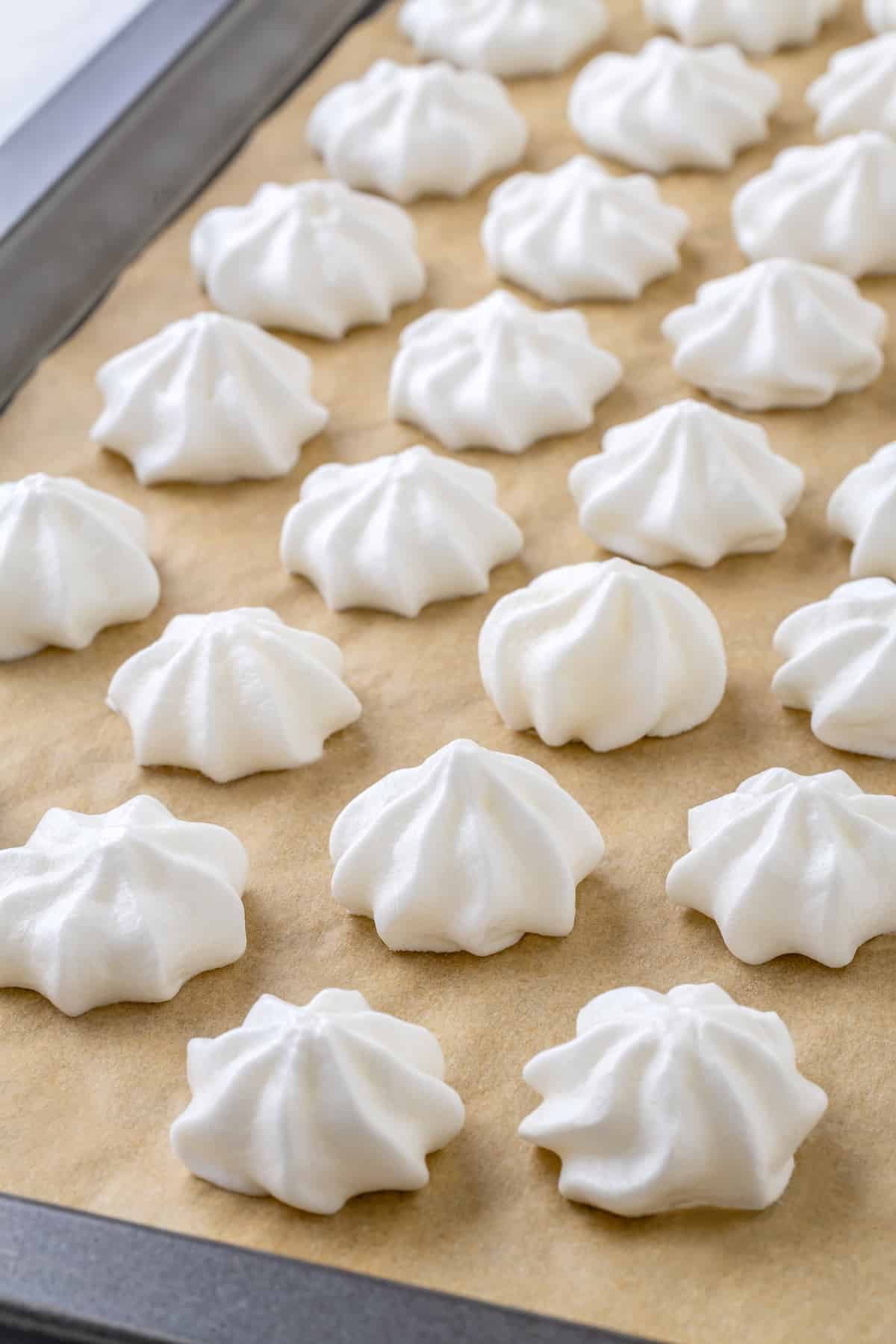




Hi Jessica, can you freeze aquafaba for later use? I usually open a can of chickpeas at a time I don’t want to use the water so it ends up down the drain.
thanks.
Thanks a so much for reading. You can definitely freeze aquafaba. I hope that helps.
wow! I was just reading what can be done with aquafaba. i can’t wait to try it! Thank you!